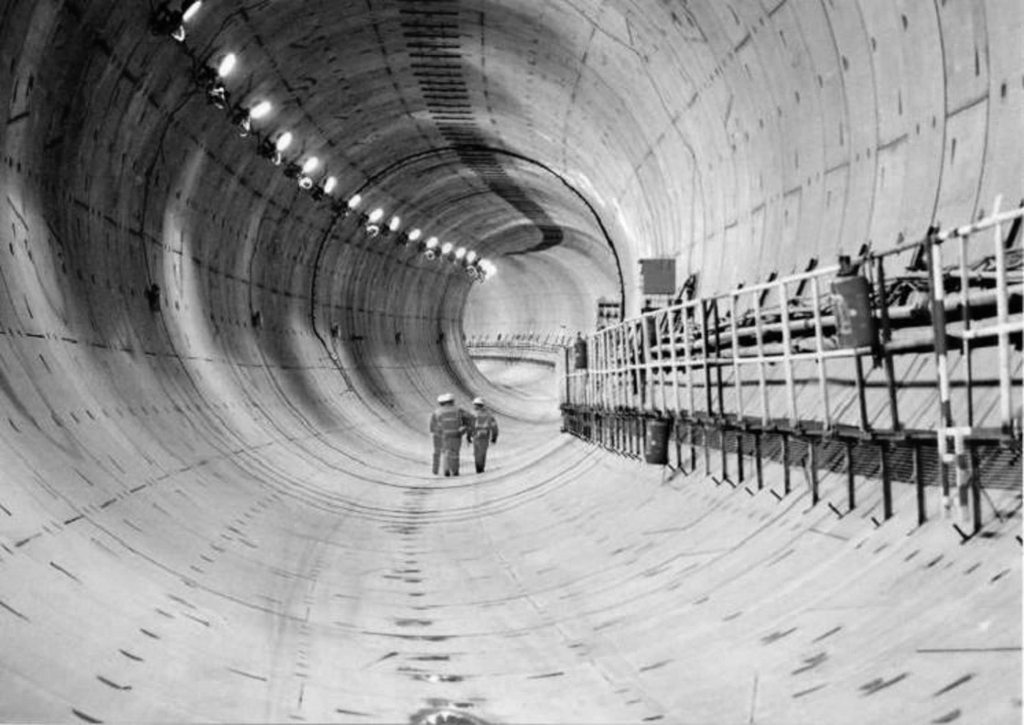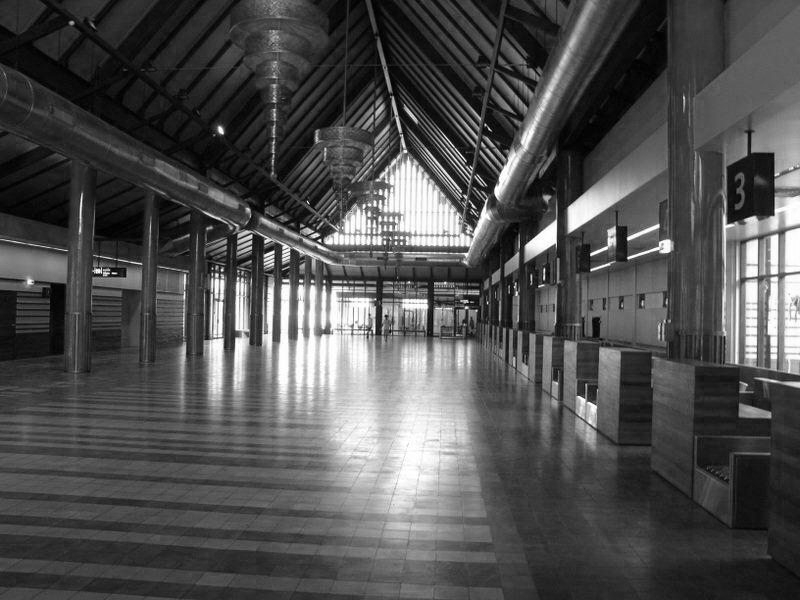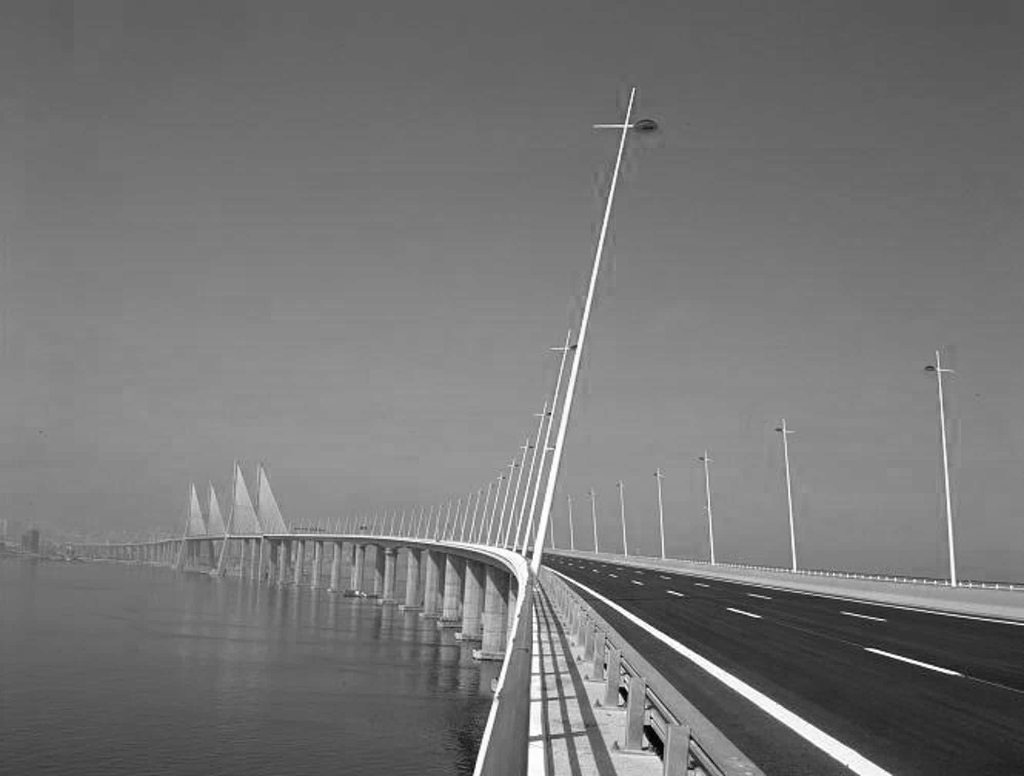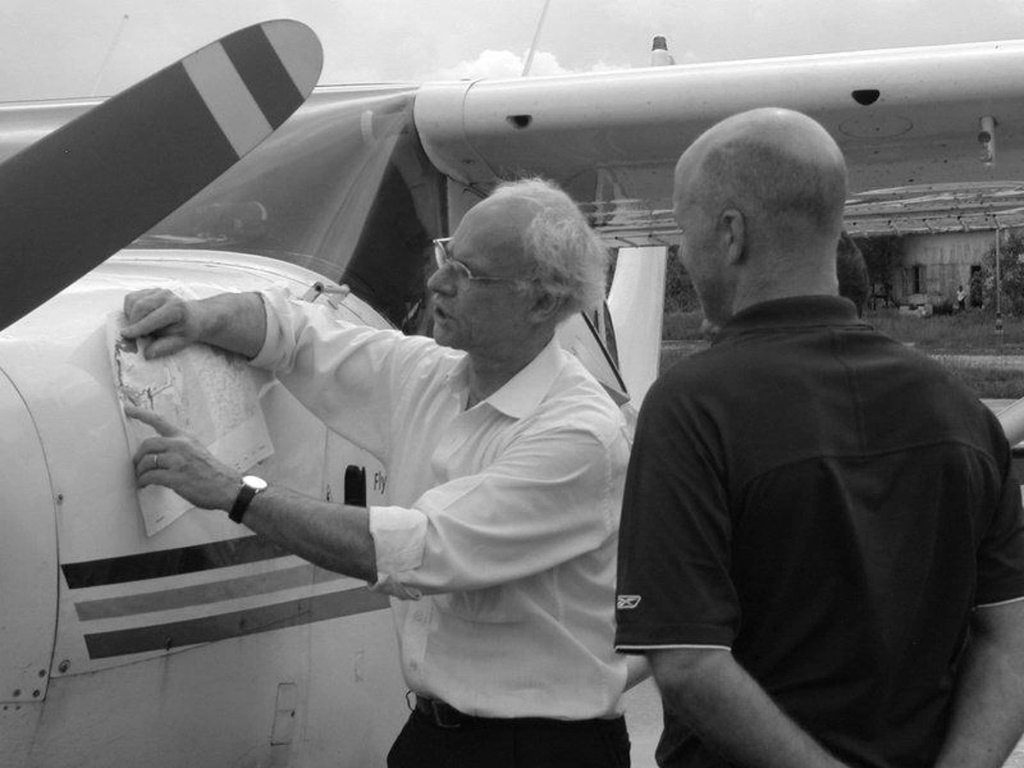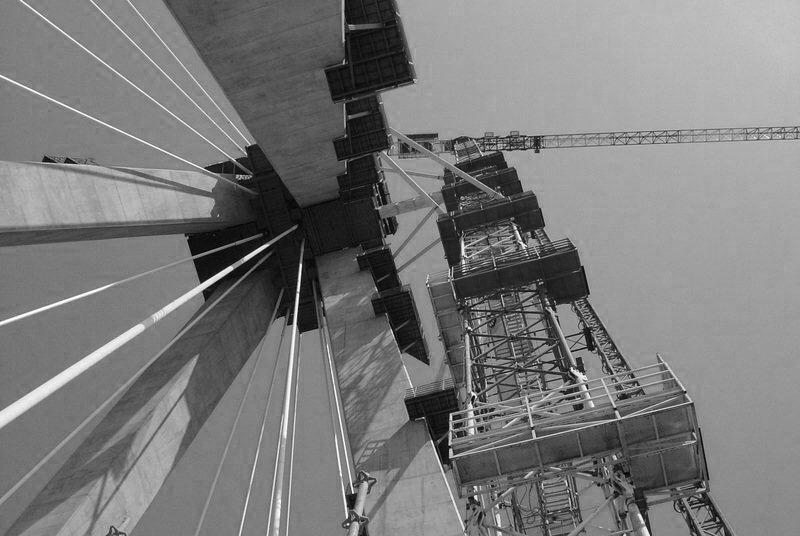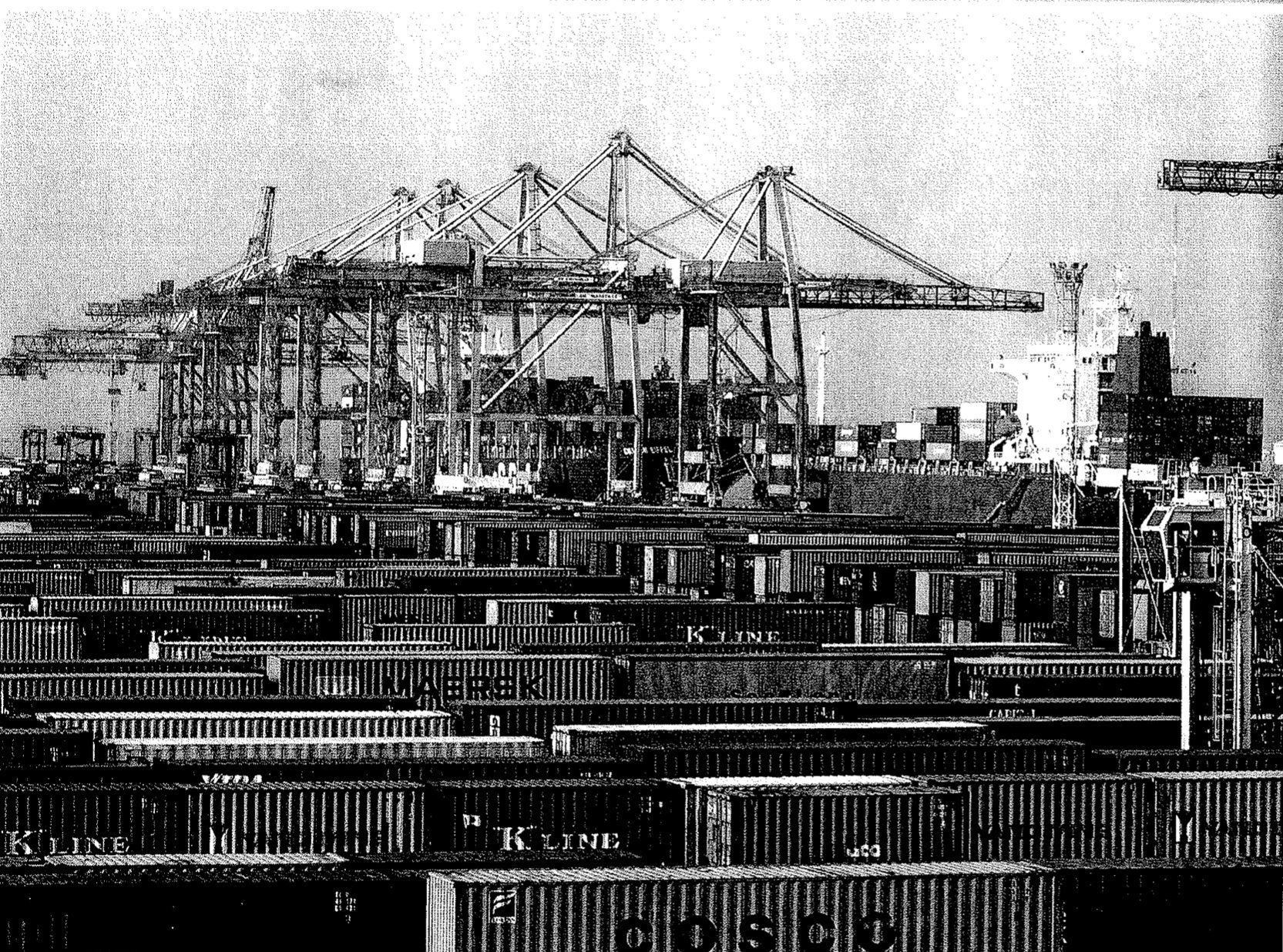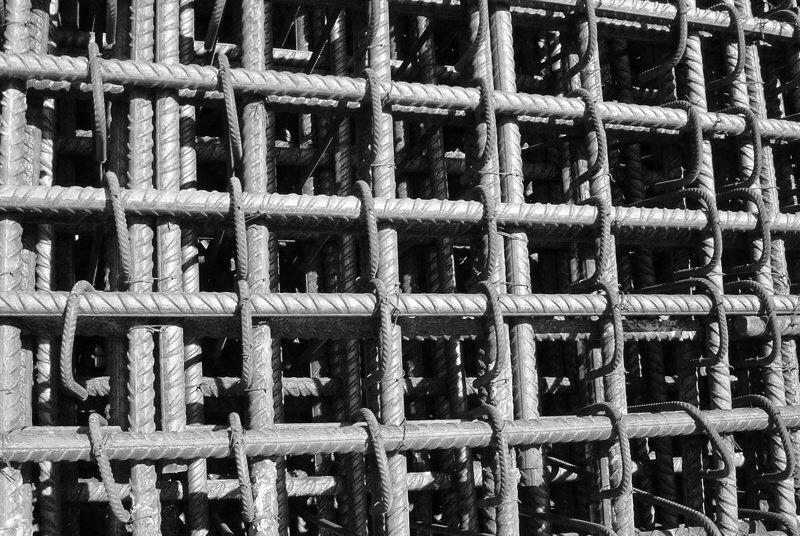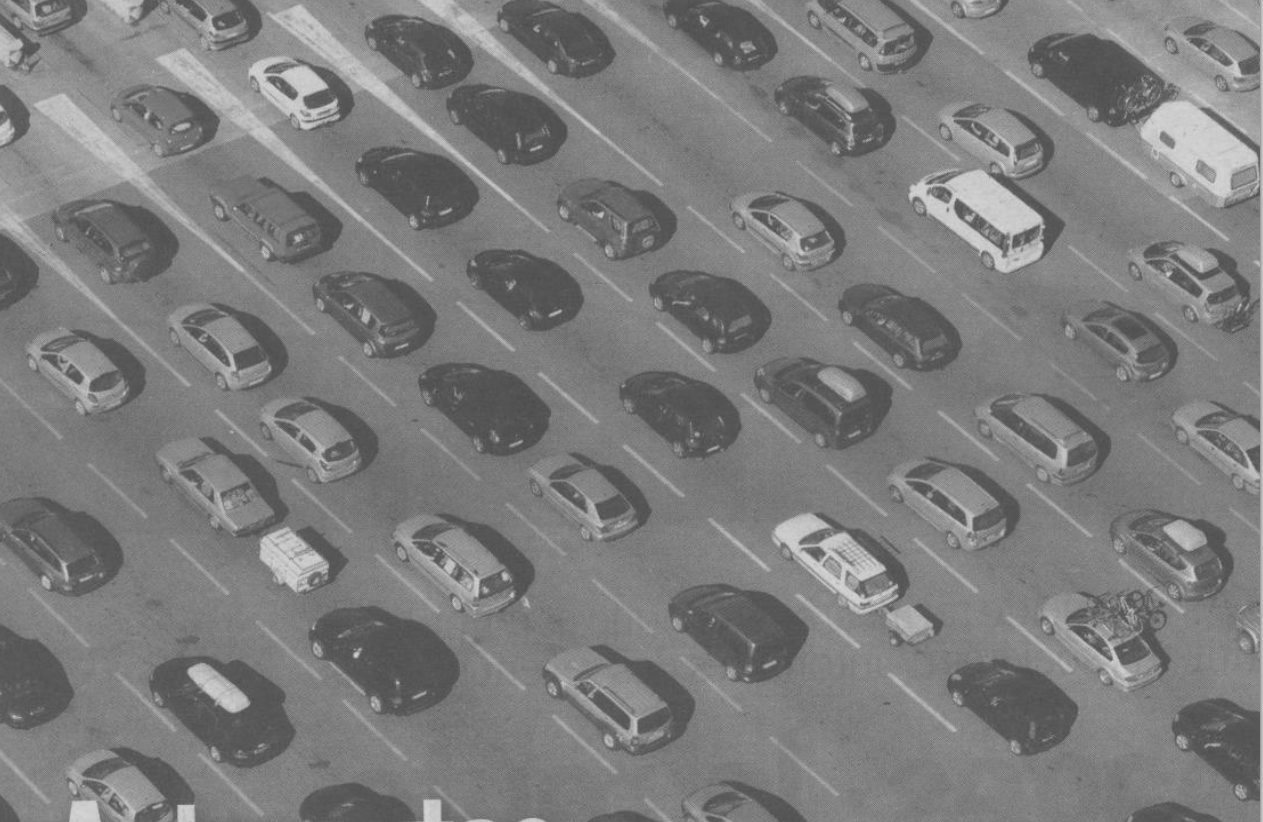What is a road for?
How do you make it useful and cheap? Who finances?
Who pays in fine?
Urban Interurban - the policy has become global
This article follows on from Transport in 1996 and 1997, in issues 377, 379, and 385.
The economic dimension of public-private partnership in transport
Who should pay: the client of the book, the community as a whole, a combination of the two? Between a public structure and a private structure, which is economically the most efficient, and what is the budgetary impact of the choice?
We will use data or concepts that we have already described in our previous articles, including the one with the concept of bitterness.
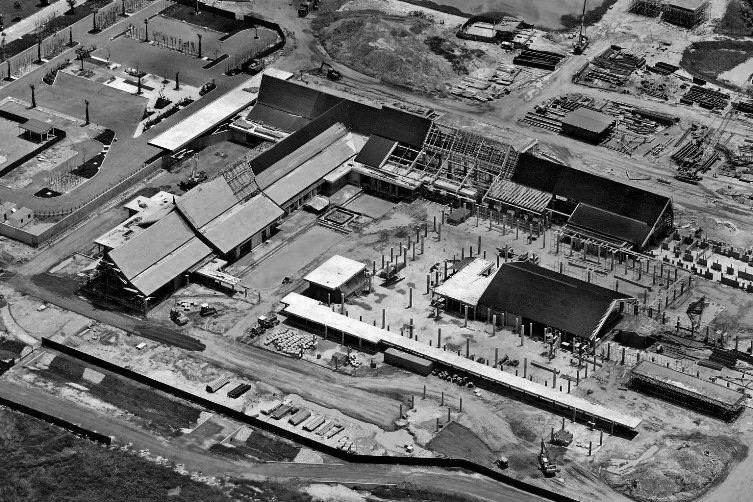
Urban sustainability under financial constraint
Sustainability is about bequeathing to our children a world that is not deteriorated from that we have inherited from previous generations. The same reasoning applies to the level of debts. How can we cross these concepts of “sustainability” and “debt”, that is to say, how to orient investments and the rules of functioning of cities in order to obtain urban structures that ultimately constitute a “sustainable city”?
Values of time in transport infrastructure
How to assess the profitability of a transport infrastructure?
First of all, what are these seemingly abstract notions for?
How then to convert a speed into financial value, if not through the values of time?
Perhaps it is simply because the notions studied were not identical?
Transport urbanism and toll - Can we quantify political acceptability?
How can we complement our previous qualitative approach with a quantitative analysis that allows decision-makers to measure the political discontent associated with the introduction of a toll? The notion of bitterness.
Pirandello®, a new tool for decision-making
To make an urban model and not a transport model, the Vinci Group has been working on this subject for the last ten years and has just finalized a global urban model, called Pirandello®. It is a practical tool for decision-making in the planning and life of large agglomerations.
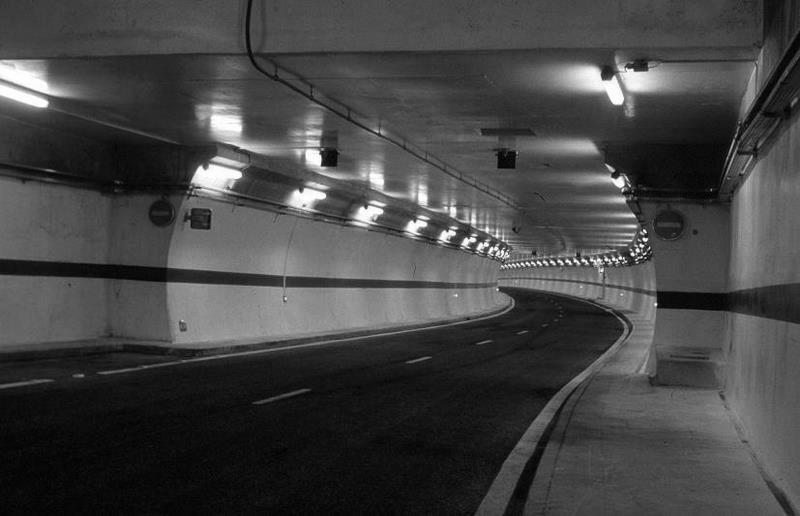
Economic profitability and financial profitability of the Prado-Carennage tunnel in Marseille
Last year, in the journal Transports n ° 408, we presented an article describing the concrete and quantified application of Jules Dupuit’s classical theory of economic surplus to the concession works managed by the VINCI group. We have even tried to evaluate the public’s behavior towards the toll using the notion of bitterness. Let us now introduce the parameter “time” to illuminate the methodologies of choice of investments in public works .
Models of traffic in urban areas - a methodology that remains to be invented
This article attempts to demonstrate the danger of overly confident use of computer models and to propose a complementary, pragmatic approach to take into account social diversity, households’ willingness to pay and the reality of traffic congestion.
Practical application of the notion of bitterness
A symmetrical notion of that of surplus: the bitterness, described in “Transports n ° 402”.
This article demonstrates that the practical use of the notion of bitterness should help to underpin pricing decision-making, and reduce the imprecision of revenue forecasts.
Risks, choice of projects to be carried out and contractual choices
As the uncertainty about the future will always be great, should we not then seek in the choice of the type of contracts and in their drafting mechanisms that would minimize the economic impact of a forecast error? The in-depth study of many PPP contracts, in parallel with the economic approach, gives some answers.
The political acceptability of urban tolling some European examples
This article is a follow-up to those published in “Transports” Nos. 377 and 379, which concern the value of time and traffic patterns in urban areas.

